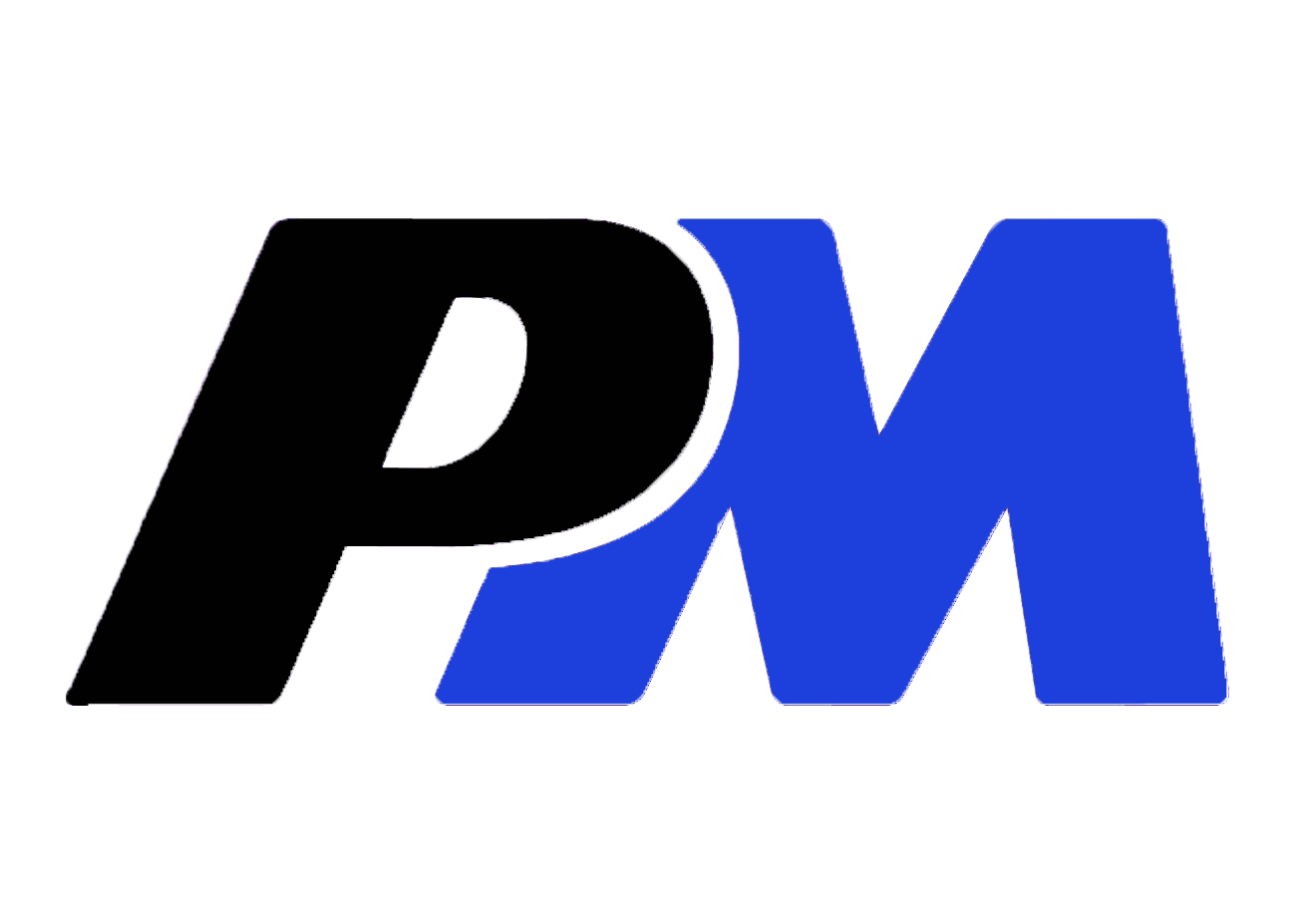00:36 Logical Framework Approach | |
The Logical Framework Approach (LFA) is an analytical process and set of tools used to support project planning and management. According to the World Bank (2000), “the Logical Framework has the power to communicate the essential elements of a complex project clearly and succinctly throughout the project cycle. It is used to develop the overall design of a project, to improve the project implementation monitoring and to strengthen periodic project evaluation” (see also participatory monitoring and evaluation). It provides a set of interlocking concepts which are used as part of an iterative process to aid structured and systematic analysis of a project or programme idea (EUROPEAN COMMISSION 2004). LFA is best started early in activity design, and should be thought as an ‘aid to thinking’. It allows information to be analysed and organised in a structured way, so that important questions can be asked, weaknesses identified and decision makers can make informed decisions based on their improved understanding of the project rationale, its intended objectives and the means by which objectives will be achieved (EUROPEAN COMMISSION 2004). A frequent problem with the application of the logframe approach is that the planning process and the preparation of the matrix are carried out separately from the project proposal or the budget, resulting in inconsistencies between the contents of the logframe matrix and the description of the project contained in the narrative of the main documents. Therefore, the application of the LFA should come first, and then provide the needed information for completing the other required documents. There is a clear distinction between the Logical Framework Approach and the Logical Framework Matrix. The first refers to the steps involved in planning and designing the project. These steps include a stakeholder analysis, cause-effect analysis, objectives analysis, and alternatives analysis culminating in the design of the project. The matrix, which summarises the final design of the project, usually comprises 16 frames organised under 4 major headings (SALDANHA and WITTLE 2002). | |
|
| |
| Total comments: 0 | |




 The Logical Framework Approach (LFA) is a highly effective strategic planning and project management methodology with wide application. It is particularly valuable for water management and sanitation projects, especially because water ― the resource base ― has diverse and competing uses. It comprises an integrated package of tools for analysing and solving planning problems and for designing and managing their solutions (the approach). The product of this analytical approach is the logframe (the matrix), which summarises what the project intends to do and how, what the key assumptions are, and how outputs and outcomes will be monitored and evaluated.
The Logical Framework Approach (LFA) is a highly effective strategic planning and project management methodology with wide application. It is particularly valuable for water management and sanitation projects, especially because water ― the resource base ― has diverse and competing uses. It comprises an integrated package of tools for analysing and solving planning problems and for designing and managing their solutions (the approach). The product of this analytical approach is the logframe (the matrix), which summarises what the project intends to do and how, what the key assumptions are, and how outputs and outcomes will be monitored and evaluated.